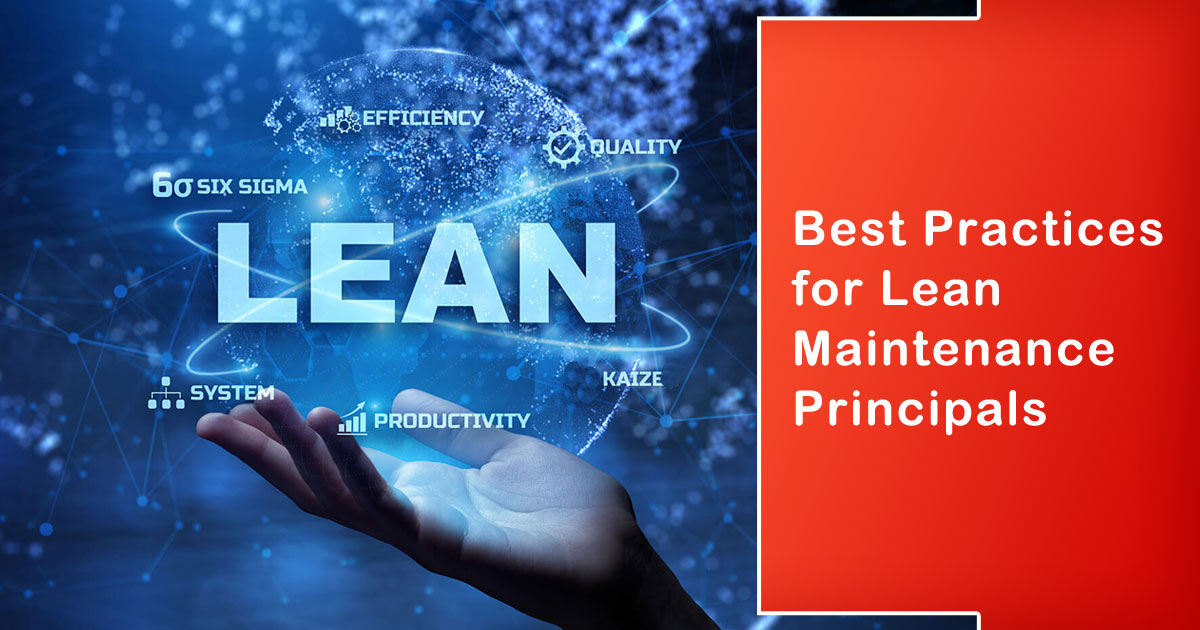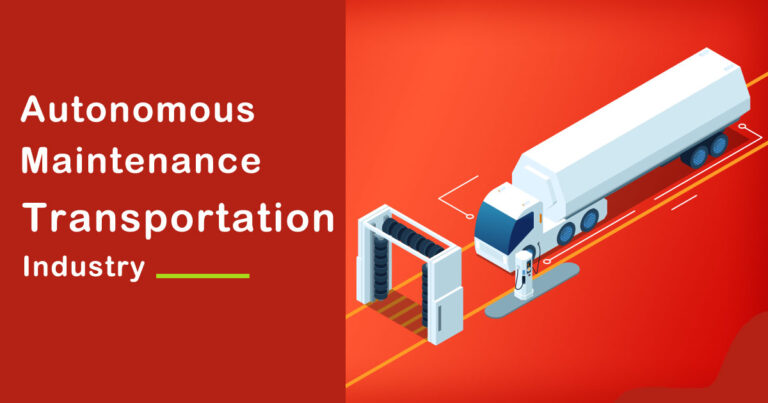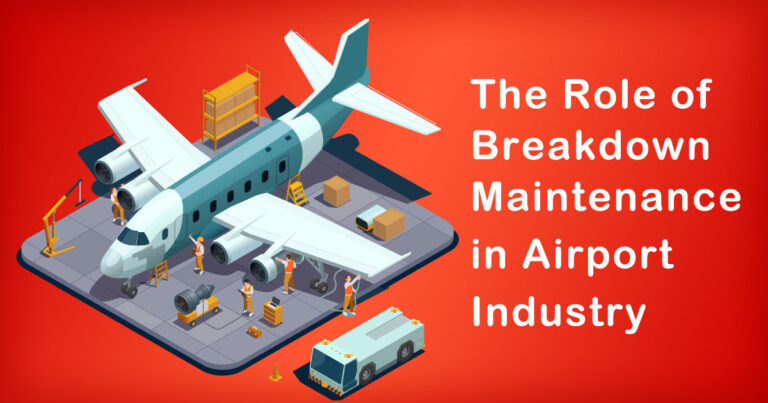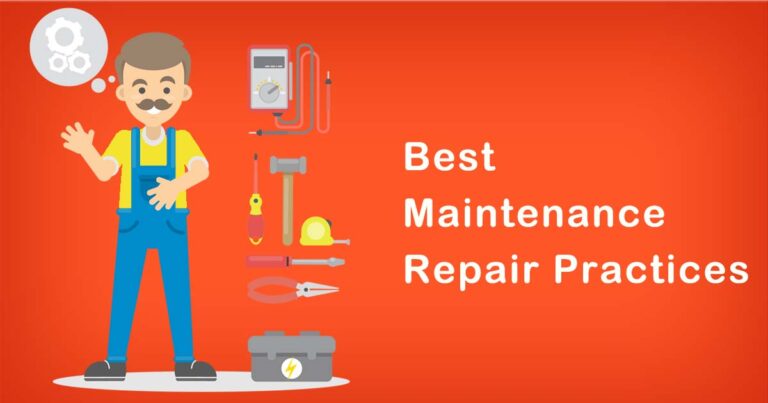Introduction:
Maintenance is a crucial aspect of any organization that ensures smooth functioning of machinery and equipment, reduces downtime, and prevents costly breakdowns. However, traditional maintenance practices can be time-consuming and expensive, leading to inefficiencies and loss of productivity. This is where lean maintenance principles come into play. Lean maintenance is a management philosophy that aims to streamline maintenance processes and eliminate waste, resulting in improved reliability, reduced costs, and increased efficiency. In this blog, we will discuss the best practices for lean maintenance principles in an Indian context, based on research and facts.
Best Practices for Lean Maintenance Principals in India:
1. Develop a culture of continuous improvement:
In India, the concept of continuous improvement is not widely accepted. However, it is essential for lean maintenance. A culture of continuous improvement ensures that maintenance processes are continually being refined and optimized to eliminate waste and improve efficiency. It involves creating a system where everyone is encouraged to identify areas for improvement and take action to implement changes. By developing this culture, organizations can achieve long-term success in lean maintenance.
2. Implement Total Productive Maintenance (TPM):
TPM is a maintenance philosophy that emphasizes the involvement of all employees in the maintenance process. In India, TPM is gaining popularity as a way to reduce downtime and increase productivity. TPM involves training employees to identify and fix small issues before they turn into significant problems. This approach increases equipment reliability, reduces maintenance costs, and improves employee engagement.
3. Use Predictive Maintenance:
Predictive maintenance uses data analytics to predict equipment failure before it happens. In India, many organizations are adopting predictive maintenance as a way to reduce downtime and maintenance costs. Predictive maintenance involves collecting and analyzing data from sensors and other equipment to identify patterns that indicate potential issues. By identifying these issues early, organizations can schedule maintenance proactively, reducing the risk of unplanned downtime.
4. Prioritize Maintenance Activities:
In India, many organizations prioritize reactive maintenance, where maintenance is only done when equipment breaks down. However, this approach can be costly and inefficient. To achieve lean maintenance, organizations must prioritize preventive maintenance activities, such as regular inspections and maintenance, over reactive maintenance. By doing so, organizations can prevent equipment breakdowns and reduce maintenance costs.
5. Invest in Technology:
Technology is an essential component of lean maintenance. In India, many organizations are adopting new technologies such as Internet of Things (IoT) and artificial intelligence (AI) to improve maintenance processes. IoT sensors can provide real-time data on equipment performance, while AI algorithms can analyze this data to identify potential issues. By investing in technology, organizations can achieve greater efficiency and reduce maintenance costs.
6. Train and Empower Employees:
In India, many organizations do not provide sufficient training to their maintenance staff, leading to inefficiencies and errors. To achieve lean maintenance, organizations must invest in training and empower their employees to make decisions and take action. By doing so, organizations can improve the efficiency of maintenance processes and reduce costs.
7. Standardize Maintenance Procedures:
In India, many organizations do not have standardized maintenance procedures, leading to inconsistencies and inefficiencies. To achieve lean maintenance, organizations must standardize maintenance procedures to ensure that everyone follows the same process. Standardization reduces errors, improves quality, and increases efficiency.
Conclusion:
Lean maintenance is a critical management philosophy that can help organizations achieve greater efficiency and reduce costs. In India, many organizations are adopting lean maintenance principles, but there is still a long way to go. By developing a culture of continuous improvement, implementing TPM, using predictive maintenance, prioritizing maintenance activities, investing in technology, training and empowering employees, and standardizing maintenance procedures, organizations can achieve lean maintenance success. These best practices are essential for organizations in India to remain competitive in the global market.







